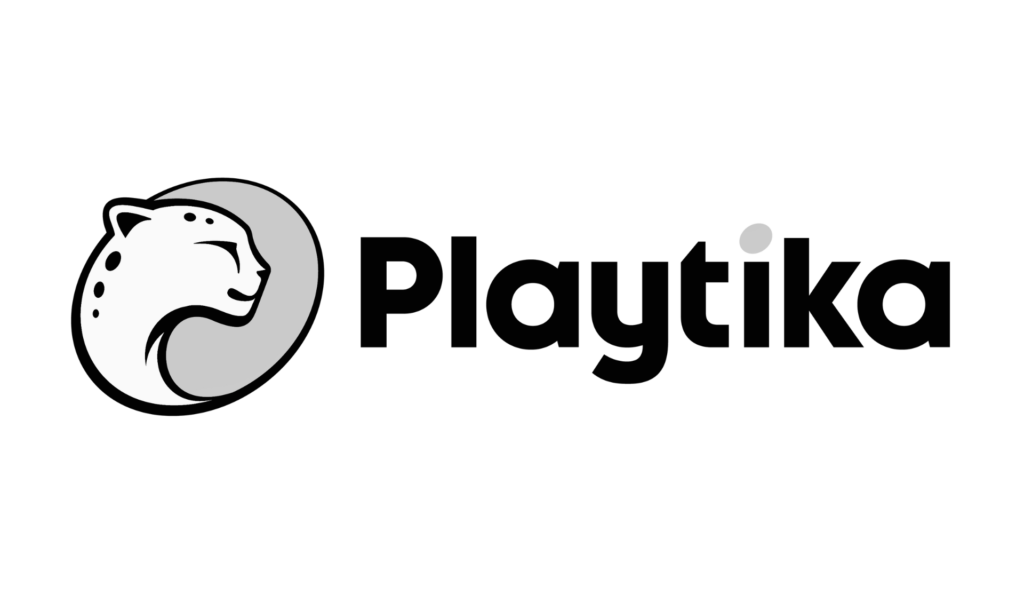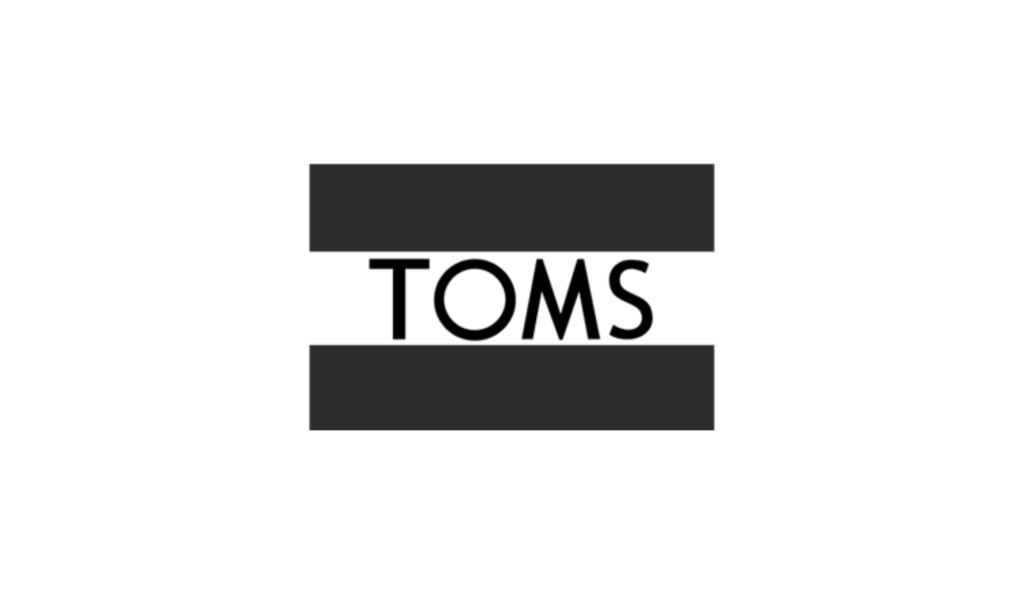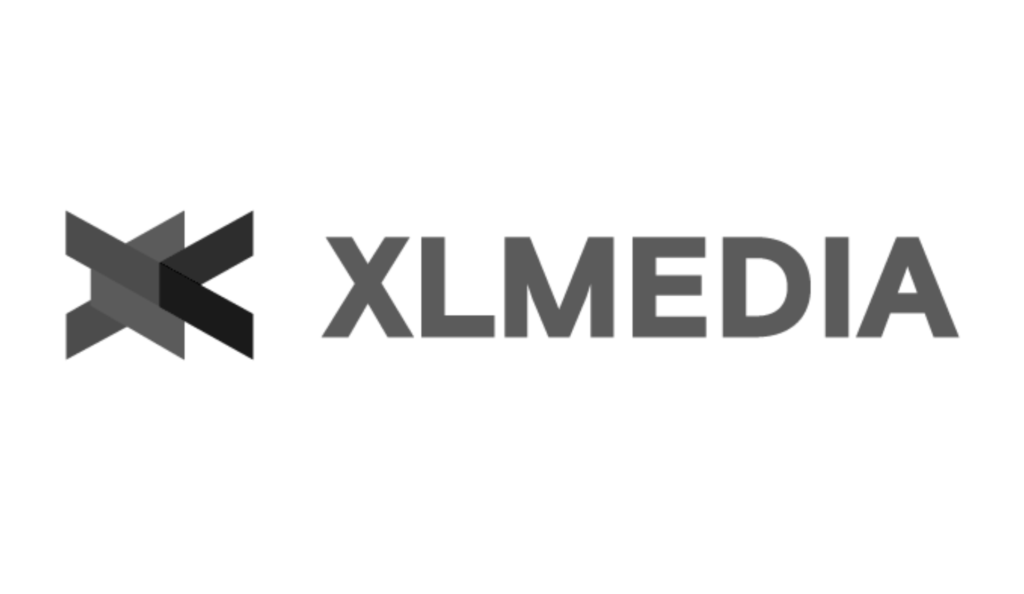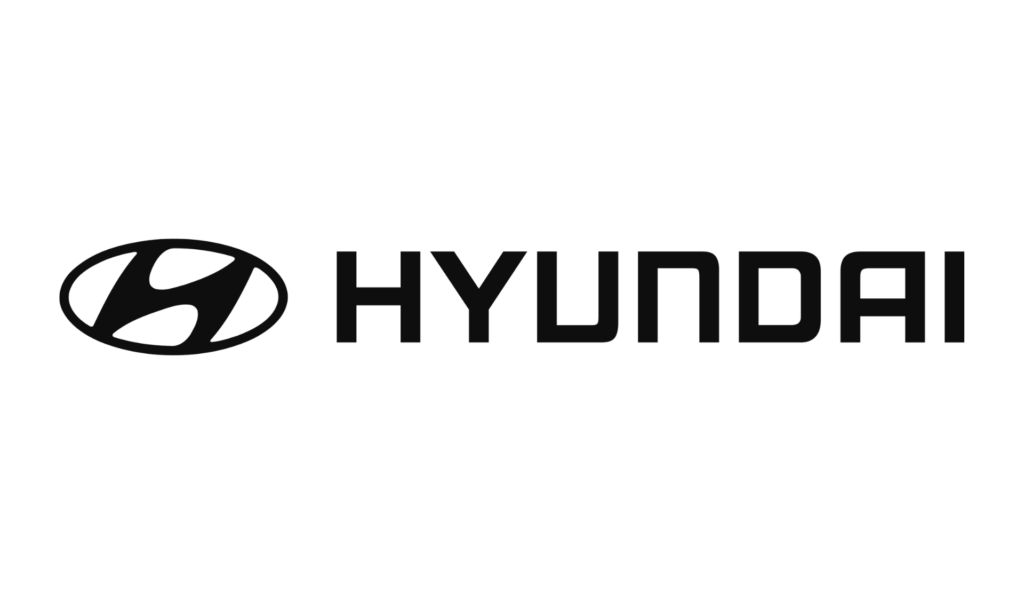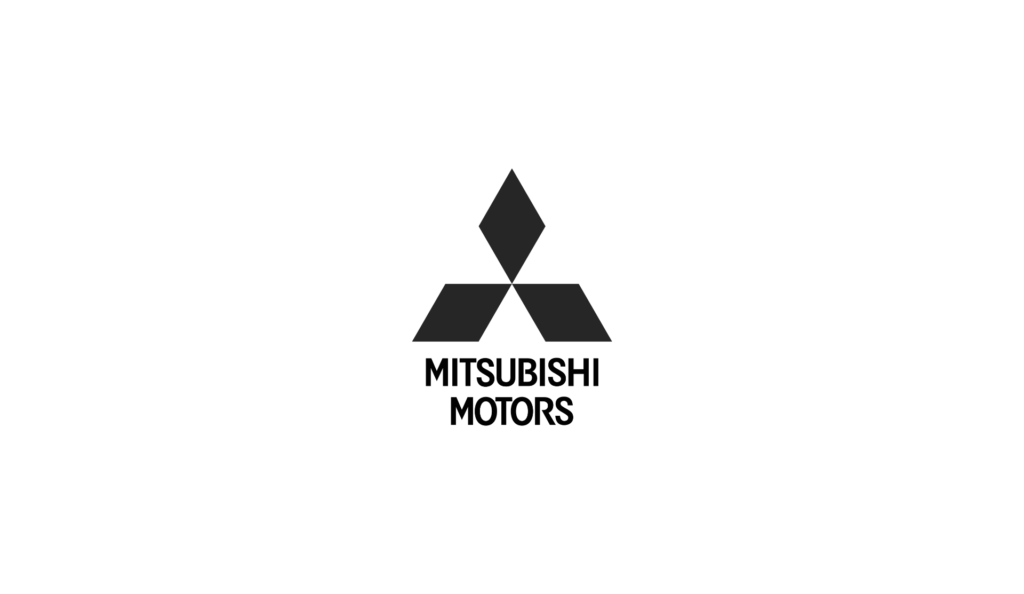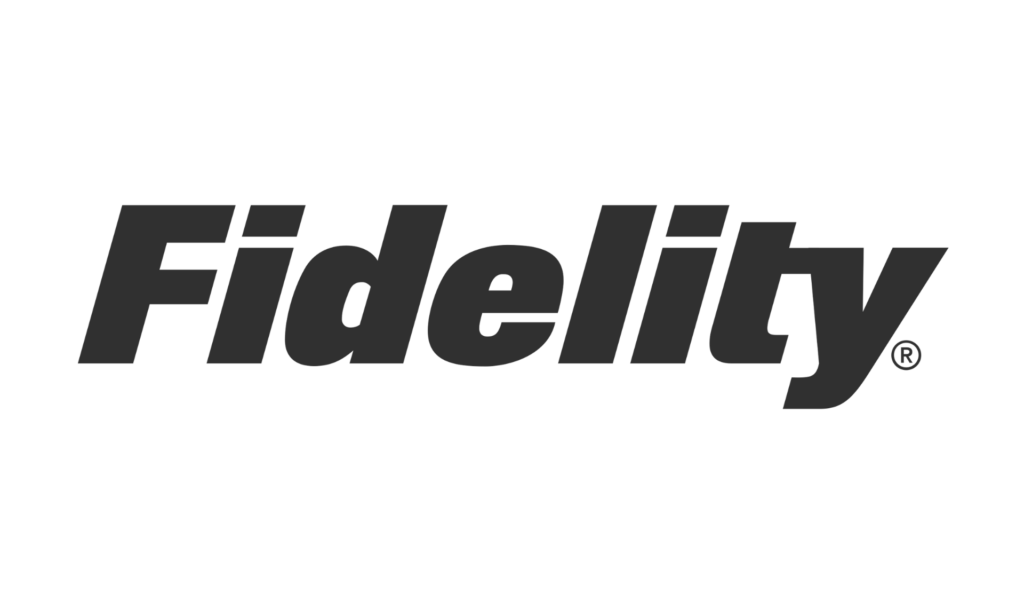Imagine doubling your online store’s sales without increasing a single dollar in advertising spend. It might sound too good to be true, but it’s exactly what Conversion Rate Optimization (CRO) aims to do.
By improving how your website converts existing visitors into customers, you can dramatically boost revenue from the traffic you already have.
Most websites convert only a small fraction of their visitors – the average conversion rate is about 2.35% across industries . Top-performing sites, however, achieve conversion rates of 10-11% or higher . The difference comes from meticulous optimization.
In this article, we’ll discuss what eCommerce conversion rate optimization services are, why they’re so valuable (especially for online retailers in markets like the US, UK, CA, AU, NZ), and how leveraging a CRO agency or specialist can quickly turn more of your clicks into customers.
Not sure where your website is losing conversions? Let us find out for you.
Get a Free CRO Audit and discover how to increase revenue
What Are eCommerce Conversion Rate Optimization Services?
Conversion Rate Optimization services are professional services aimed at increasing the percentage of website visitors who take a desired action – for eCommerce, that desired action is usually making a purchase. In simpler terms, CRO services help your online store sell more effectively to the people already visiting. This is done through a mix of data analysis, user experience improvements, testing, and ongoing tweaks to your site.
For an eCommerce business, a CRO service provider (whether an agency like GROW or a consultant) will typically:
• Audit your website and analytics data: They examine how users currently behave on your site – where they drop off, which pages have high bounce or exit rates, which traffic sources convert better, etc. They identify bottlenecks in your funnel (e.g., lots of people view product pages but don’t add to cart, or many add to cart but abandon at checkout).
• Develop hypotheses for improvement: Based on the audit, CRO experts pinpoint why visitors might not be converting. For example, they might suspect that the product page lacks sufficient trust signals (causing hesitation), or the checkout has too many steps. They come up with specific changes to test, like adding customer reviews, simplifying a form, or redesigning a call-to-action button.
• A/B testing and experimentation: Rather than just guessing, CRO services often run A/B tests (or multivariate tests) to validate what actually boosts conversions. In an A/B test, half your visitors see the original version of a page, and half see a modified version. By measuring which version drives more purchases or sign-ups, the CRO team gets hard evidence on what works. For example, a test might reveal that a red “Add to Cart” button converts 15% better than a blue one, or that showing an express checkout option increases completion rates.
• Implementation of winning changes: Once tests identify improvements, the CRO service will implement those changes sitewide. Over time, these incremental wins can lead to a significantly more optimized site.
• Ongoing monitoring and refinement: CRO is not a one-and-done project. User behavior can change, and there are always new opportunities to improve. Agencies typically provide continuous monitoring, periodic reports on conversion metrics, and new test ideas. It’s an iterative process of constant enhancement.
In essence, eCommerce CRO services take a scientific, data-driven approach to help your website convince more visitors to become buyers. They focus on elements like website design, copywriting, layout, pricing display, forms, mobile usability, page speed – all the factors that influence a user’s decision to buy. The result of effective CRO services is a higher conversion rate (and often higher average order value or other ancillary improvements), meaning your revenue increases without needing extra traffic.
Why High Conversion Rates Are So Valuable
You might wonder, why invest in conversion optimization instead of just driving more traffic through marketing? The reality is that improving conversion rate can often yield a higher ROI than additional advertising. Here’s why a high conversion rate – and by extension, CRO services – is so valuable for an eCommerce business:
• Better ROI on All Traffic: When you raise your conversion rate, every visitor to your site becomes more valuable. You’re essentially squeezing more sales out of the same traffic. For example, if 1000 visitors generate 20 sales (2% conversion) and you improve that to 50 sales (5% conversion), those same 1000 visitors now produce more than double the revenue. Any money you spent to get those visitors (SEO efforts, PPC ads, etc.) now yields a greater return.
• Lower Customer Acquisition Cost: Related to ROI, if more visitors convert, your cost per acquisition goes down. Say you spend $500 on Google Ads and get 50 customers – that’s $10 per customer. If CRO improvements get you 75 customers from that same spend, your cost per customer drops to ~$6.67. Over time, this can save thousands in marketing costs for the same or greater revenue.
• Compounding Gains: Conversion improvements tend to be permanent (until you redesign or change something, and even then CRO would guide the redesign). Unlike a one-time ad campaign boost, raising your baseline conversion rate means all future campaigns and traffic sources perform better too. The gains are long-term.
• Competitive Advantage: ECommerce is competitive. If your site converts better than your competitor’s, you can afford to spend more on marketing or bid higher on ads because you know you’ll get the sale more often. A site optimized to convert can effectively out-market competitors – while they scramble to get more traffic, you’re maximizing the traffic you have.
• Maximized Revenue from Existing Users: You’ve already done the hard work of getting people to your site. CRO ensures you’re not leaving money on the table. It’s frustrating to have interested visitors who leave without buying (as we saw with cart abandonment). By improving conversion, you make the most of the interest you’ve generated.
• Scale and Growth: If you plan to scale up your traffic (through ads, content, partnerships), doing so on a poorly converting site is like pouring water into a leaky bucket. CRO fixes the leaks first. Then, when you scale traffic, the results scale up proportionally. Many fast-growing eCommerce brands invest in CRO early so that growth campaigns yield multiplicative results instead of diminishing returns.
A telling statistic: companies historically have spent far more on acquiring traffic than on converting it. According to industry research, for every $92 spent on driving new customers, only $1 is spent on converting them . This imbalance means many sites are under-optimized. By giving CRO the attention it deserves, you can gain an edge. It’s no surprise that businesses using CRO tools and methods see impressive returns – on average, CRO tools offer a 223% return on investment (ROI) according to a VentureBeat study . In other words, conversion optimization efforts can more than triple the money put into them, through increased sales.
Yet, despite this potential, only about 22% of businesses are satisfied with their conversion rates . Most know there’s room to improve, but may not have the expertise or resources in-house to tackle it. This is exactly why specialized CRO services exist.
High-Intent Searchers and CRO Services
If you’re looking up terms like “eCommerce conversion rate optimization services,” chances are you already understand your site could be converting better, and you’re evaluating outside help. That’s a smart approach. Bringing in experts or an agency to handle CRO can jump-start your results. Here’s what high-intent searchers (like eCommerce store owners or marketing managers) should consider when choosing a CRO service:
• Expertise in eCommerce: Conversion tactics can differ by industry. An agency experienced with eCommerce knows the typical customer journey on retail sites, common pain points (like cart abandonment, product page optimization), and platform specifics (CRO on Shopify, Magento, etc.). They’ll be familiar with optimizing product listings, checkout flows, mobile shopping experiences, and so on.
• Data-Driven Approach: Look for a service that emphasizes data and testing. Beware of anyone who promises a magic one-size-fits-all fix without analysis. Good CRO providers will talk about audits, analytics, heatmaps, A/B testing, and empirical results. They should provide you with baseline metrics and later reports to show improvement.
• Customized Strategy: A quality CRO service tailors its strategy to your site and audience. The issues of a fashion boutique site might differ from those of a B2B wholesale eCommerce site. During an initial consultation, they should mention reviewing your specific funnel and possibly identifying a couple of obvious quick wins (e.g., “We noticed your site doesn’t display trust badges on cart page, that might be something to address”). This shows they intend to customize their approach.
• Range of Services (holistic CRO): Conversion rate optimization can touch on web design, copywriting, user experience, and even broader marketing strategy (like pricing or offers). A strong CRO agency often has a team that can handle UX design changes, copy improvements, and development tweaks required to implement tests or changes. Essentially, they don’t just give advice – they help implement it too.
• Case Studies or Results: Ask for case studies or past results, especially from similar eCommerce projects. For example, a provider might share that they helped “Online Store X” go from 2.5% to 4.5% conversion rate in 6 months, or that they increased revenue for “Brand Y” by $200k through CRO. Concrete results build confidence that they can deliver ROI.
• Alignment with Your Goals: Ensure the CRO service understands your definition of conversion and goals. For most, it’s sales, but it could also include things like increasing email signups, reducing bounce rate, improving repeat purchase rate, etc. A candid discussion will help align on what success looks like (e.g., a certain percentage point lift in purchases or a lift in average order value).
Want to see how CRO transforms businesses?
Read how TOMS & Kamedis doubled their conversion rates with GROW.
What to Expect: The CRO Process and Quick Wins
When you engage an eCommerce CRO service or agency, here’s a brief overview of what the process might look like and some quick wins they often target:
1. Kickoff and Audit: Initially, you’ll have a discovery call to discuss your business KPIs, known pain points, and any analytics access. The CRO team then dives into an audit phase, examining your Google Analytics data, user recordings (if available), conversion funnels, site speed, etc. They may create a report on baseline metrics: current conversion rate, cart abandonment rate, bounce rates on key pages, etc.
2. Hypothesis & Strategy: Based on the audit, the team formulates hypotheses. For example, “We believe the product pages are not converting because the call-to-action isn’t prominent and there’s no urgency.” They’ll propose changes accordingly (e.g., make the “Add to Cart” button more prominent, add a low-stock indicator or a limited-time offer to create urgency). They’ll also prioritize changes by potential impact and ease – low-hanging fruits first.
3. Testing Plan: A calendar or plan is made for A/B tests or changes. For instance, in Month 1 they might test a new checkout design vs the old one. In Month 2, test different product page layouts. The plan will depend on your traffic volume too (tests need enough traffic to reach statistically significant results).
4. Quick Wins Implementation: Some recommendations might be implemented right away without formal testing if they are clearly best practices with minimal downside. Examples of quick wins in eCommerce CRO often include:
- Adding trust badges or security seals to checkout pages.
- Simplifying checkout (removing unnecessary fields).
- Ensuring the site has mobile-optimized design (if mobile conversion lags).
- Improving page load speed (compressing images, using CDN, etc.) because slow sites hurt conversions.
- Adding or improving product reviews and ratings display (social proof can lift sales).
- Highlighting return policies or guarantees more visibly (to reduce anxiety).
These are changes known to generally help conversions and pose little risk, so a CRO service might implement them early.
5. A/B Tests and Results: For more complex or uncertain changes, they’ll run tests. You’ll receive updates or reports on how these tests are performing. For example, you might get a report saying “Variant B of the homepage (with a different hero banner and call-to-action) is outperforming Variant A by +18% in add-to-cart rate with 95% statistical confidence.” Once a test concludes with a winner, the winning version becomes permanent on the site.
6. Iterate: Each round of testing/implementation is followed by another round of analysis. CRO is iterative – fix one bottleneck, then move to the next. Perhaps after checkout is optimized, the data shows product page engagement is the next issue, and the process repeats focusing there.
Throughout this process, communication is key. A good CRO service will keep you in the loop and share insights – you’ll likely learn a lot about your customers’ behavior along the way.
The Payoff: What's in it for you
While every case is different, it’s not uncommon for a dedicated CRO program to boost an eCommerce site’s conversion rate by 30%, 50%, even 100% over time. Even smaller improvements of a few percentage points can significantly boost revenue. Let’s illustrate the potential payoff:
Suppose your online store currently gets 50,000 visits per month and converts 2% of them, for 1,000 orders. If the average order value (AOV) is $50, that’s $50,000 revenue/month. Now, imagine that over 6 months, CRO efforts raise the conversion rate to 3%. Those same 50,000 visits now yield 1,500 orders, and at $50 AOV you’re making $75,000/month – an extra $25k every month. That’s $300k more per year, from the same traffic. And if CRO pushes it to 4% conversion, revenue would double to $600k/year vs the baseline.
These are hypothetical numbers, but they’re not far-fetched. Many businesses have seen such results by methodically optimizing conversions. Additionally, CRO often has side benefits: your site may become easier to use (improving customer satisfaction), your brand may appear more trustworthy, and your marketing becomes more efficient overall.
Another benefit: improved conversion rate can amplify other marketing tactics. For example, if you do email marketing or run promotions, a better-converting site will get more out of the surge in traffic those bring. So CRO has a multiplier effect across all your channels.
Should You Hire an Agency or Do It In-House?
For eCommerce companies considering conversion rate optimization, a common question is whether to outsource to an agency (or independent CRO expert) or handle it internally. There are pros and cons to each:
• In-House: If you have a skilled team (UX designers, analysts, developers) with CRO experience, doing it in-house gives you full control. It may be cost-effective in the long run and the team will build deep site-specific knowledge. However, many small-to-mid sized eCommerce businesses don’t have dedicated CRO experts on staff, and it can divert focus from other duties. Also, in-house teams might lack the breadth of experience an agency that works across many sites has.
• Agency (External CRO Services): Hiring an agency or consultant brings specialized expertise immediately. They’ve likely seen a variety of websites and have a toolbox of proven tactics. They can often identify issues quickly that an internal team might overlook. Agencies also bring an objective outside perspective. The trade-off is cost – CRO services are an investment (typically a monthly retainer or project fee). That said, given the ROI potential (remember that 223% average ROI figure ), a good CRO program should pay for itself and then some. Agencies also provide flexibility – you can scale services up or down, or pause after major gains are achieved.
For many growing eCommerce brands, starting with an external CRO service makes sense. It accelerates the learning and results. Over time, you can decide to train an internal team or continue with the experts as partners. What’s important is that CRO is being given attention one way or another, because ignoring it means leaving growth on the table.
Conclusion: Boosting Conversions to Boost Revenue
In the eCommerce gold rush, merchants often focus on getting more visitors – SEO, ads, social media, you name it. While traffic is important, converting that traffic is where the real gold lies. If most visitors leave without buying, increasing traffic alone won’t magically improve sales efficiency. That’s why conversion rate optimization serviceshave become so vital for online retailers who want to maximize their success.
By investing in CRO, you’re essentially investing in making every customer interaction more fruitful. It’s about understanding your customers’ behaviors and psychology – what’s stopping them from clicking “Buy,” and how can we change that? The beauty of CRO is that it relies on evidence. With each tweak and test, you gain insights into what your customers respond to. Over time, your store becomes a finely tuned machine where potential customers smoothly turn into happy buyers.
For businesses in the US, Canada, UK, Australia, New Zealand (or anywhere, really), working with a team like GROW’s conversion optimization experts can jump-start this process. They bring the experience of knowing what works for similar eCommerce brands and can adapt those learnings to your unique site. The result is often a quicker path to results – whether that’s more sales, more leads, or other key conversions – than trying to go it alone by trial and error.
In summary, eCommerce conversion rate optimization services offer one of the highest-impact, high-intent opportunities to improve your online business. When you turn more of your existing visitors into customers, you essentially unlock free growth – more revenue without the constant need to spend more on ads or campaigns. It’s about working smarter, not just harder. If you’re serious about scaling your online store’s success, don’t overlook the power of CRO. The sooner you optimize your site for conversions, the sooner you’ll see a compounding payoff in revenue and business growth that can far outweigh the investment. After all, in eCommerce, making the most of every click and every visit is key to sustainable success. And that’s exactly what great conversion rate optimization delivers.
Want the latest CRO strategies straight to your inbox?
Join 5,000+ eCommerce founders getting our top growth insights.
Sources:
1. AdTargeting – Shopping Cart Solutions Keywords (showing high CPC and search volume for cart abandonment-related terms) .
2. CohereOne via SurePayroll – Online Cart Abandonment Stats (average ~70% abandonment rate; $18B annual lost revenue) .
3. Baymard Institute – Cart Abandonment Rate Statistics & Reasons (average abandonment ~70.19%; top reasons: extra costs 48%, account creation 26%, lack of trust 25%) .
4. Outgrow – Conversion Rate Optimization Statistics (for every $92 spent on acquisition, only $1 on CRO; only 22% of businesses satisfied with conversion rates) .
5. Insiteful/VentureBeat – CRO Tools ROI Stat (average ROI of 223% from CRO tools/efforts) .
6. Invesp – Average Conversion Rates (mean website conversion ~2.35%; top 10% sites >11% conversion) .

